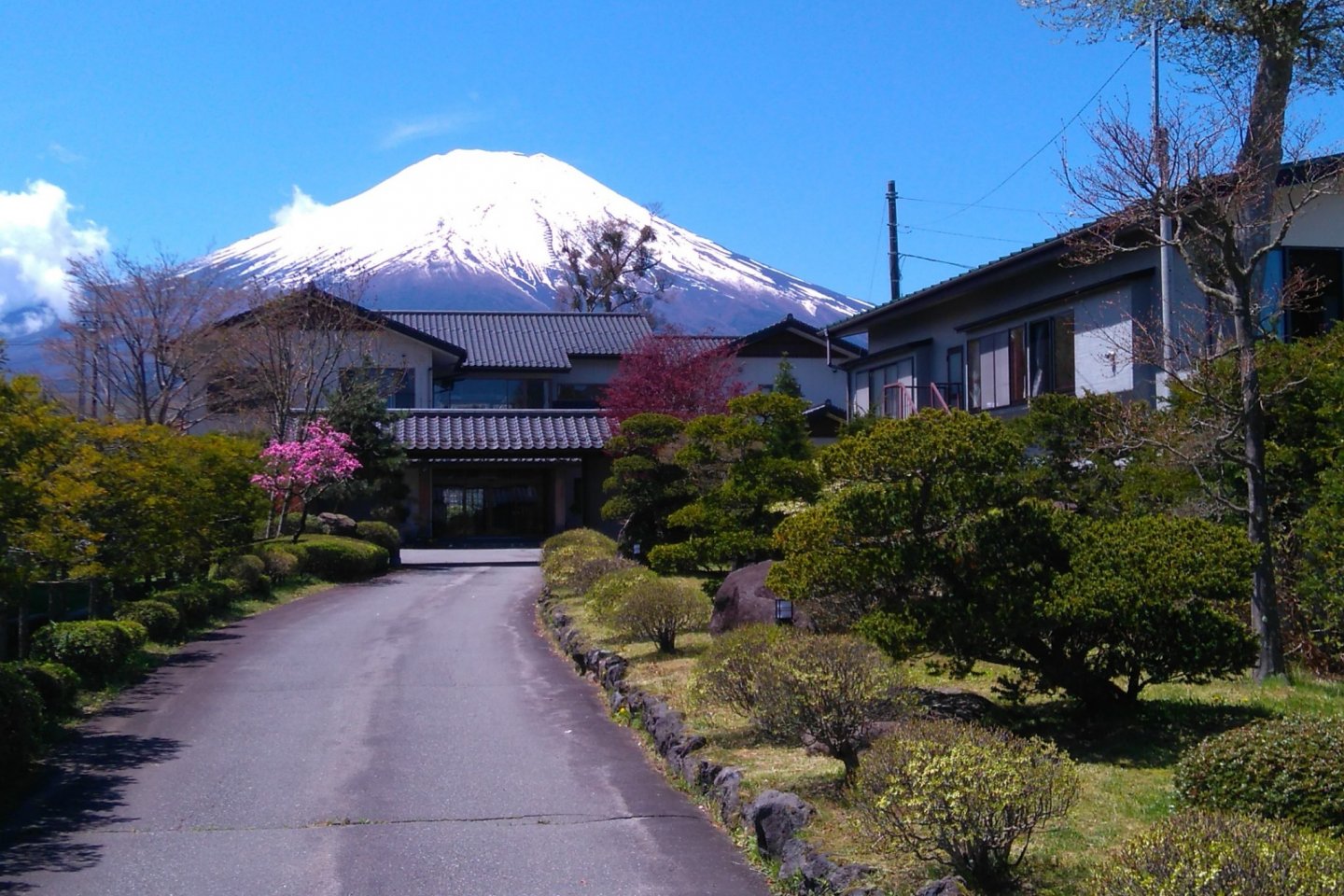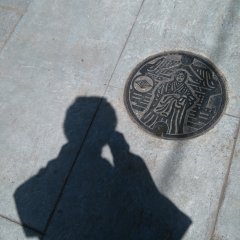I don’t suppose anyone chooses to travel alone. Especially when older. I’ve only ever been to Japan solo, but this not as a deliberate or calculated choice. My Mother has always been my best travel mate, but we never got to Japan, so I have been going, alone. It’s been five trips already.
I have found on all my journeys that Japan is wonderful for women oldies, or really, for anyone, hoofing it by themselves. Everything is immaculately organized, from train and bus departures to maps, hotels, food and directions. Whatever you want to know has been collected and collated and coordinated, easily accessible on the Net, so while I have personally wanted sometimes to give technology a good kick, I rely on it absolutely.
There are a few things I’ve learned from my bounding along and alone in Japan. I don’t set them down from know-it-all arrogance. Traveling alone can make you humble.
1. Plan and book ahead. Solo seniors can save a lot of nail-biting knowing ahead where they are going and and where they will be staying. You rest easier with an itinerary and with hotels booked. Many hotel agencies omit the cancellation fee, so changes are without cost. An itinerary enables you to check train stations and travel times. www.hyperdia.com is invaluable. Knowing your destination means you can check out everything beforehand about the place. You don’t want to roll up somewhere, old, tired and ready to give up your first born for a hot bath, and there’s no room at the inn, any inn. There won’t be any shepherds either, guiding you by the stars to a nearby stable.
2. Book station or business hotels. These provide good reason for booking ahead. They are in, by, or near, train stations which are arrival and departure points in your traveling. Booking these hotels will get you to your resting place quickly, and expedite subsequent travel because you are already at the station. Stations have been built up around bus stations, shops, food, tourist attractions. These advantages make them highly popular, making it risky to book a room at the last minute. So book ahead. They usually come with free breakfast, too.
3. Dress loose and comfy. I know, this sounds so like the Mayflower. But if you think long bus or train rides, perhaps having to walk briskly, if not run, to catch a train or bus, then the loose, even baggy clothes usually sported by the older set, might be a sensible option. Loose means when it’s cold, you can wear a warm inner layer, such as tights or leggings. When it’s hot, your pants won’t cling to you like they will never let you go.
4. Happy feet for happy walking. Use whatever shoe suits your feet and purpose. They have a shoe it seems for every purpose under the sun. Importantly, if new, wear them in, for a month or two. Japan is a hilly country, and many of the temples are like stairways to heaven, with loads of steep steps, so practice on slopes, and practice pushing your toes down. Wear them with support socks for heel and ankle. Some oldies recommend a knee guard. Use an anti-blister gel to avoid dreaded blisters. I smooth on a wee bit of petroleum jelly on potentially sore parts. Pack plentiful Elastoplast. I can wear a shoe for years, and still develop a blister suddenly. I was told OLD peoples’ skin gets more sensitive. So what’s new.
5. Be careful. On my first trip to Japan, a friend reassured my worried parents that I could walk across Japan naked with a pot of gold and remain unscathed. I repeated this to some Japanese recently and they laughed outright. There's no need to be paranoiac and hug your handbag, if not suitcase, to your chest, but just be careful. If you are a lone woman, you need to be alert. For night life, what can I say, if you need a drink, buy one at a convenience store and take it to your room. It's safer and much cheaper, too.
6. Use a light strong knapsack. Get something that can store whatever you need for a day out, and believe me, it can be a lot. As with your shoes, “test drive” your knapsack to check whether you can cope with carrying it the whole day. Many knapsacks are heavy because of numerous compartments. Look at what you need and decide if you need that many.
7. Don’t be shy to ask for help. I’m from an Asian culture where we are shy to ask for help. But alone in Japan, I lose that shyness. I can only actually manage to travel alone because people to help me. This is what makes me humble. I’m too old to have only five minutes to run with my luggage looking for that elusive train platform, so I must ask someone quickly. Too old to wonder where on earth is that hotel because it certainly isn’t where the map says it is. The number of times I have had to ask for help is infinite, and I have been truly blessed to be in a country where helping is the norm. They go out of their way to help, so don’t be shy to ask for it.
8. Learn a little Japanese. Failing which, put a good translation apps on your mobile. I regret not knowing Japanese. Traveling alone, I have sometimes wanted to converse with someone apart from my teddy bear, but I’ve been impeded because I couldn’t get past Konnichiwa.
9. Use disposable underwear. Throw as you go. I have burnt two pair of pants and a top already because I tried to dry them on the hotel lamps (this is actually illegal, too). I look at the coin-operated laundromats, and feel a headache, so paper undies it is for me.
10. Don’t be afraid to be sad. There will be sad moments, of desolation, regret, nothing like solitude to bring out the melancholia. You might spot a mother and daughter team at a shrine, a family saying goodbye at a train station. But usually, by the day’s end, you will be too busy with chores like massaging your achy feet and back to mope for long. In Japan, also, there is usually a handy temple or shrine around the corner. I go there, and let the mopes wash over me, and out of me. Don’t be strict with the treats. Get a Mars Bar or two, or one of the cream cakes for which Japan is famed, and eat your heart out!
11. Use the tourist information centers. Especially for senior walkers, try to check places, maps, and directions, when possible. This can save you unnecessary walking and wasted energy. Some places you found on the Net might be closed for renovation. Some buses run only weekdays. Some directions you found might be vague. “Ten minutes to get there” is a big difference whether its ten minutes by car, walking, train, or laser jet. Tourist information centers in almost all towns, conveniently situated at the railway stations, can tell you how to get to a place, whether you can walk, and how long it would take. Their English may be limited but is compensated for by handy maps in English. Of course, if you are navigationally challenged like me, you may still somehow end up somewhere else.
12. Be flexible. You may not always find or reach your destination. This is the hazard of being navigationally challenged. You can count on me to turn right when I need to turn left, so now I accept this chink in my travel armor, try to relax, not fret and fuss, and enjoy the walk and scenery, and maybe discover something else, sometimes even better.
So. If you have to walk alone, accept the cards life has dealt you, get over it, get on with it, and... go to Japan!


























